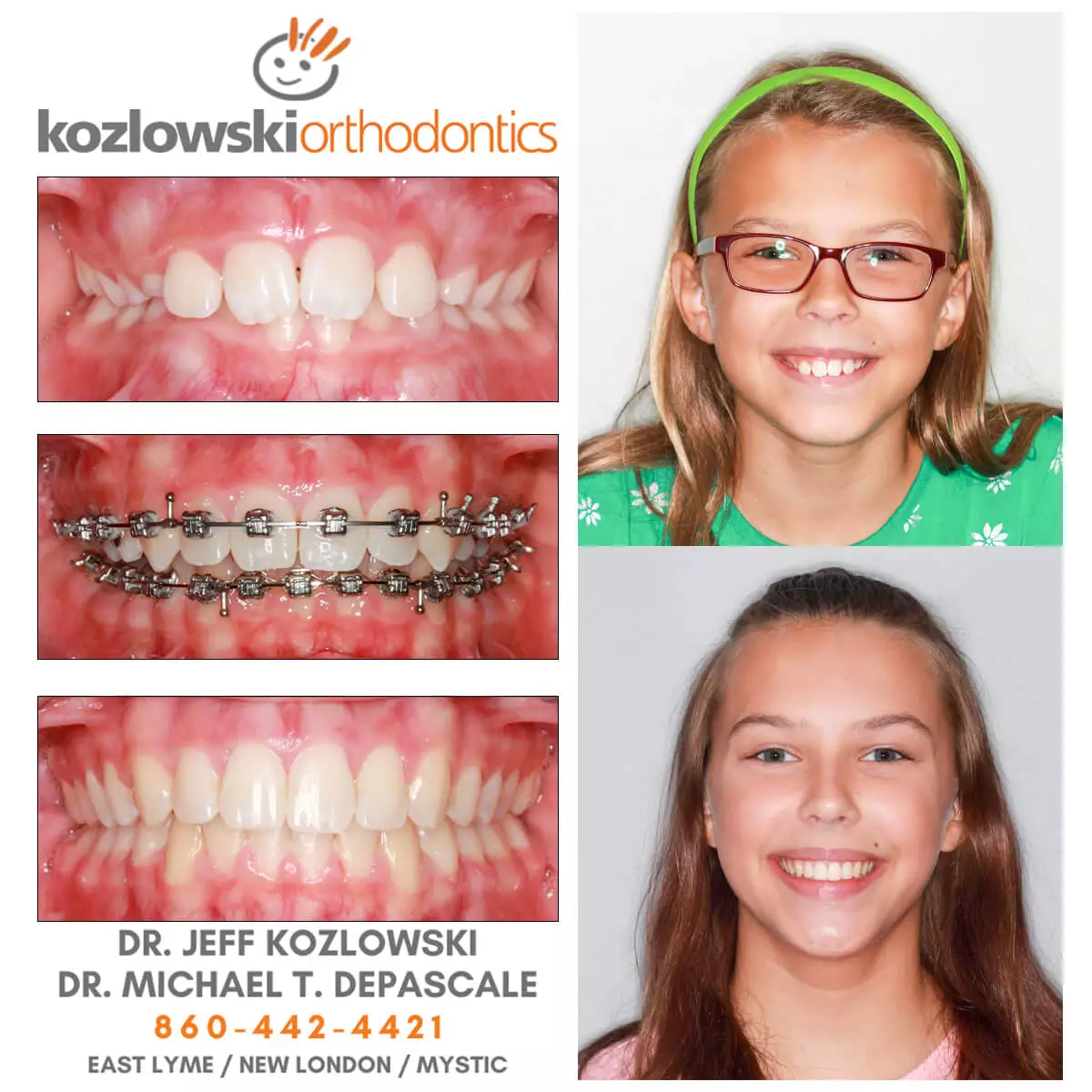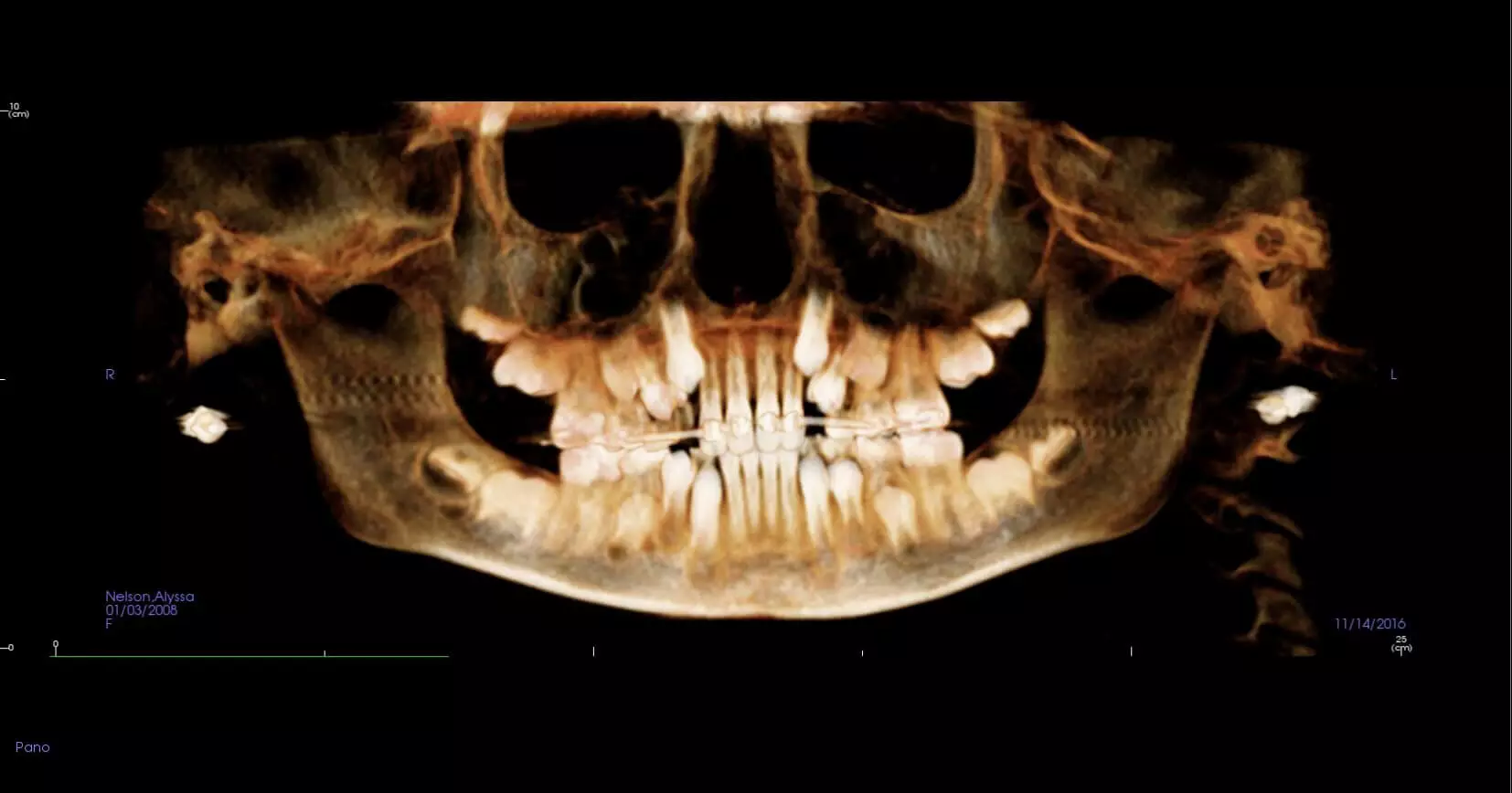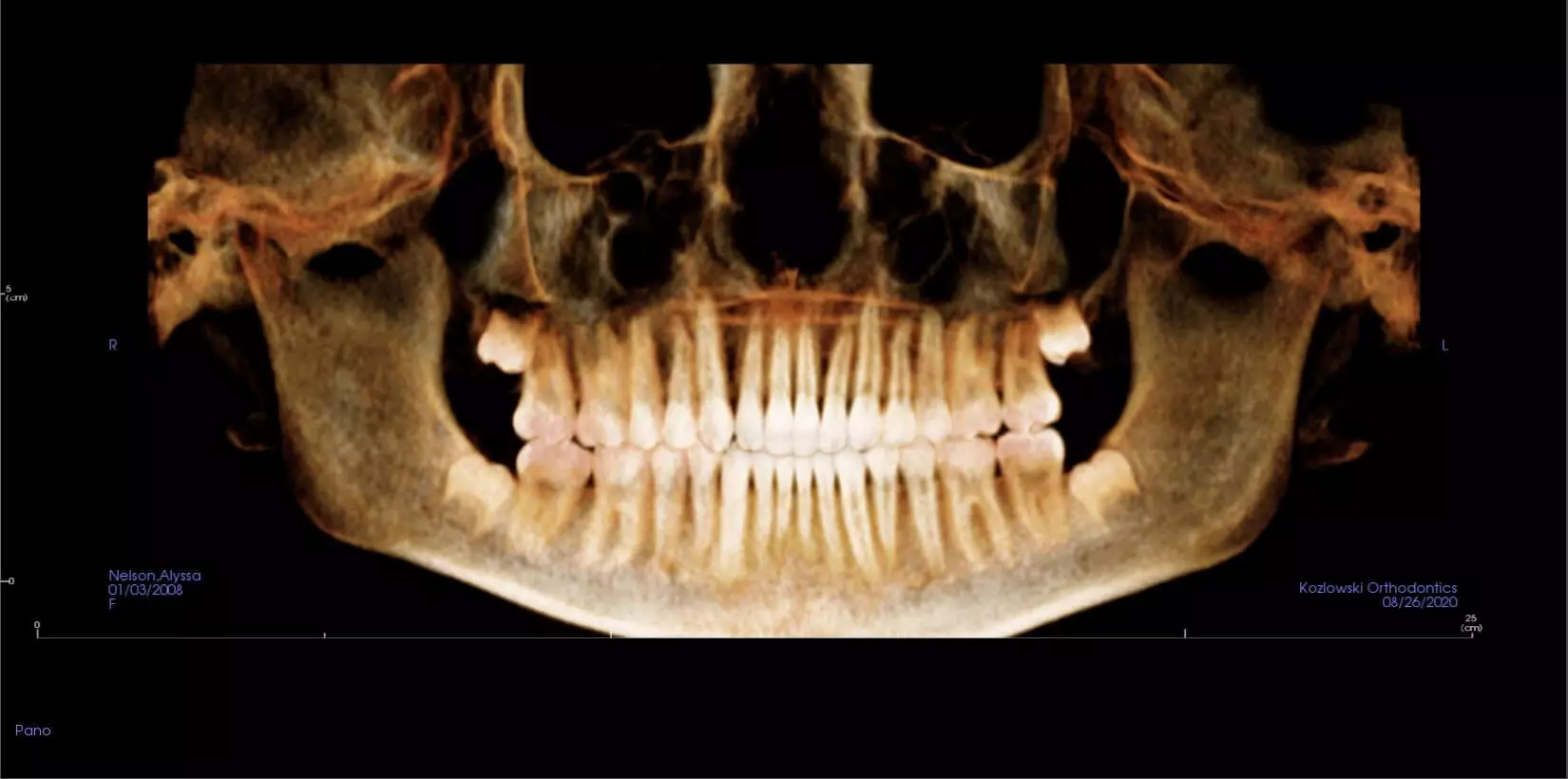 Phase 1 Treatment: What is it? Why do we recommend it? What happens if we wait?
Phase 1 Treatment: What is it? Why do we recommend it? What happens if we wait?
Glad you asked! Here at Kozlowski Orthodontics, we are very passionate about early orthodontic treatment for children and we know that you have some of these questions. Let’s start with answering the MOST common question: when should my child see an orthodontist? The answer is age 7. This is when the American Association of Orthodontics recommends all children seek the guidance of an orthodontist, and for good reason. At this time, the front teeth and the permanent first molars are starting to come in and it gives the orthodontist an opportunity to evaluate things like jaw growth and development, crowding, spacing, crossbite, overbite, underbite and any other issues that might need to be corrected at this age. It’s common that nothing needs to be done just yet, but that appointment is still very valuable. If we don’t recommend treatment at that time, we’ll let you know, and we will continue to observe your child’s tooth and jaw development in our recall program at no cost to you. If treatment is recommended, it’s because we want to make sure the issues that are present and could create further problems do not go untreated. Here are some of the most common examples:
- Posterior crossbite: This is when the back teeth on top develop INSIDE the bottom teeth, instead of outside. This can lead to discomfort, asymmetric jaw growth, and increased crowding.
- Anterior crossbite: This is when the front teeth on top develop INSIDE/BEHIND the bottom teeth. This can lead to trauma or excessive wear on the permanent front teeth which would require more dental work later and can cause jaw discomfort.
- Crowding: This occurs when there is not enough room in the jaws for the teeth. This is probably the most common issue that we treat at a young age and is primarily due to narrow jaw growth. Treatment at this time is important to prevent the need for extraction of permanent teeth, impacted teeth that require surgical procedures to bring in, and/or damage to other developing permanent teeth.
The good news is this – we are great at correcting these things and when we do, it means less problems and less time in treatment when all of the permanent teeth come in. AND, we rarely use expanders, so we can do this in an easy, comfortable way for your child. So don’t think of Phase 1 as “extra” treatment, but rather the first part of a two part journey to getting a beautiful, functional, confident smile. The first phase is to make sure the bite is functioning properly and we have enough space for all teeth to develop the way they’re supposed to. The second phase (the end of the journey) is to align all of the permanent teeth and complete any bite correction that was not possible to address earlier. We’d need to do all of these things anyway. It would just take much longer, be more complex, and possibly require surgical procedures if we waited, and we want this process to be smooth for everyone, especially your son or daughter!
Before:
 After:
After:

Still have questions? Schedule your free consult today and we’ll talk you through the entire process. Can’t wait to meet you! Smile on.
 Phase 1 Treatment: What is it? Why do we recommend it? What happens if we wait?
Glad you asked! Here at Kozlowski Orthodontics, we are very passionate about early orthodontic treatment for children and we know that you have some of these questions. Let’s start with answering the MOST common question: when should my child see an orthodontist? The answer is age 7. This is when the American Association of Orthodontics recommends all children seek the guidance of an orthodontist, and for good reason. At this time, the front teeth and the permanent first molars are starting to come in and it gives the orthodontist an opportunity to evaluate things like jaw growth and development, crowding, spacing, crossbite, overbite, underbite and any other issues that might need to be corrected at this age. It’s common that nothing needs to be done just yet, but that appointment is still very valuable. If we don’t recommend treatment at that time, we’ll let you know, and we will continue to observe your child’s tooth and jaw development in our recall program at no cost to you. If treatment is recommended, it’s because we want to make sure the issues that are present and could create further problems do not go untreated. Here are some of the most common examples:
Phase 1 Treatment: What is it? Why do we recommend it? What happens if we wait?
Glad you asked! Here at Kozlowski Orthodontics, we are very passionate about early orthodontic treatment for children and we know that you have some of these questions. Let’s start with answering the MOST common question: when should my child see an orthodontist? The answer is age 7. This is when the American Association of Orthodontics recommends all children seek the guidance of an orthodontist, and for good reason. At this time, the front teeth and the permanent first molars are starting to come in and it gives the orthodontist an opportunity to evaluate things like jaw growth and development, crowding, spacing, crossbite, overbite, underbite and any other issues that might need to be corrected at this age. It’s common that nothing needs to be done just yet, but that appointment is still very valuable. If we don’t recommend treatment at that time, we’ll let you know, and we will continue to observe your child’s tooth and jaw development in our recall program at no cost to you. If treatment is recommended, it’s because we want to make sure the issues that are present and could create further problems do not go untreated. Here are some of the most common examples:
 After:
After:
 Still have questions? Schedule your free consult today and we’ll talk you through the entire process. Can’t wait to meet you! Smile on.
Still have questions? Schedule your free consult today and we’ll talk you through the entire process. Can’t wait to meet you! Smile on.